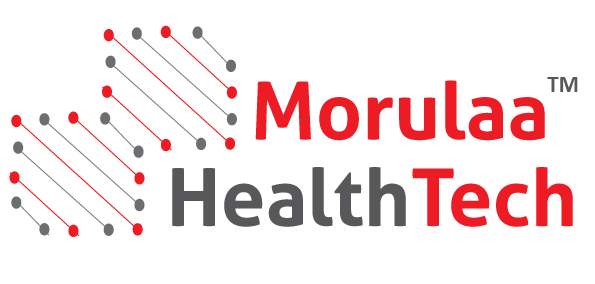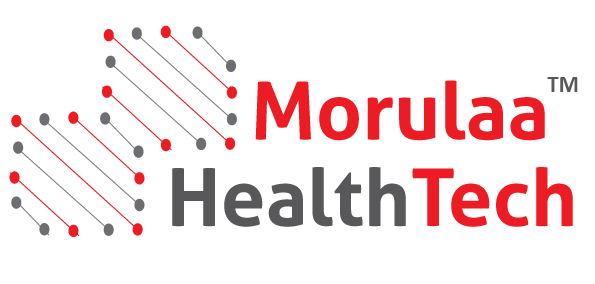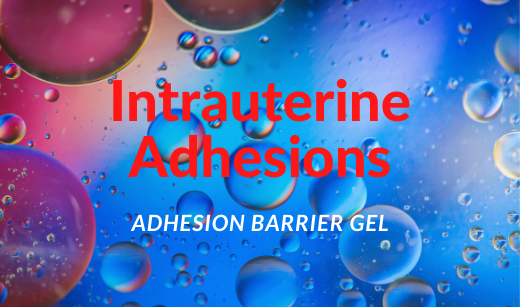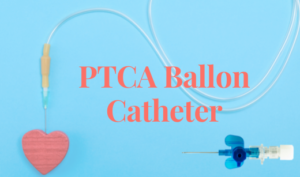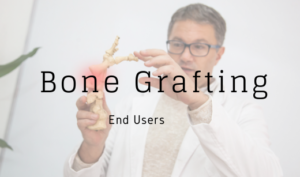What are intrauterine adhesions?
The uterus is shaped like a balloon, with the front and back walls flat against one another. Endometrium is the tissue that lines the pocket. During menstruation, the endometrium’s superficial (top) layer is shed. Adhesions inside the uterus are referred to as Asherman syndrome. Scarring can be minor, with thin elastic scar tissue bands, or severe, with thick bands forming.
Potential causes of Asherman syndrome
Injury to the uterine cavity following a surgical treatment is the most common cause of intrauterine adhesions. Dilation and curettage (D&C) is a popular outpatient surgical technique that involves stretching the cervix (uterine entrance or neck) and removing the tissue contents of the uterus.
Asherman syndrome treatment
Surgical treatment of intrauterine adhesions with hysteroscopic guidance is recommended. A special operating hysteroscope is used to cut the scar tissue. This is frequently done under anesthesia but, in some circumstances, may be performed in a physician’s office. An adhesion barrier gel can be applied post surgery to prevent the adhesion formation. To prevent adhesions from reappearing after scar tissue is removed, the uterine cavity must be kept open as it heals. A tiny balloon may be placed into the uterus for many days by your doctor. While the uterine lining recovers, you may need to take oestrogen.
Dynavisc – Adhesion barrier gel
DYNAVISC is a clear, absorbable gel designed to coat surgically traumatized tissues during tendon and/or peripheral nerve surgeries such as in foot, knee, shoulder, and hand surgery. DYNAVISC acts as a temporary, protective barrier to separate tissues and to reduce fibrosis and the formation of post-surgical adhesions.
DYNAVISC is formulated from FzioMed’s world-leading biomaterial technology (CMC and PEO) and supplied ready-to-use in a 1mL syringe with a sterile, flexible applicator.
DYNAVISC is a clear, smooth gel that provides a clear view of tendon and neural structures during placement. The flowable, tissue adherent properties of DYNAVISC gel allow thorough tissue coverage. DYNAVISC is backed by the exceptional safety history of FzioMed’s biomaterial gel technology.
Morulaa Healthtech Pvt Ltd. is the licensed importer of DYNAVISC .
Advantages
The advantages of using DYNAVISC in Tendon/Peripheral Nerve surgery include:
Benefits
- Exceptional safety
- Ready to use
- Fast application, thorough coverage
- Clear and colorless, allows view of tendon and neural structures
- Absorbable
Protects the Procedure
- Separates and coats tissues
- Reduces adhesions
Optimizes Healing
- Moderates pain and symptoms
- Fewer adhesions
- Easier re-operations
Indication
DYNAVISC is intended to reduce fibrosis and formation of adhesions following tendon and/or peripheral nerve surgery.
Conclusion
DYNAVISC is a CE, CDSCO approved medical device. In this article, the intrauterine adhesions, adhesion barrier capabilities of the Morulaa licensed Fziomed product is discussed. This Morulaa imported medical device is easy to use, safe and effective that can be used in different kinds of surgeries.
This article is intended to give product information on DYNAVISC India. To know more about the product details, brochure and information about other medical devices please visit products.morulaa.com.
Morulaa is a turnkey solution provider with an in-house Regulatory Consultancy team to conduct registrations of medical devices. Morulaa provides high-quality and professional services for Regulatory Consultancy and we aim at developing long-term relationships for the Indian Market.

